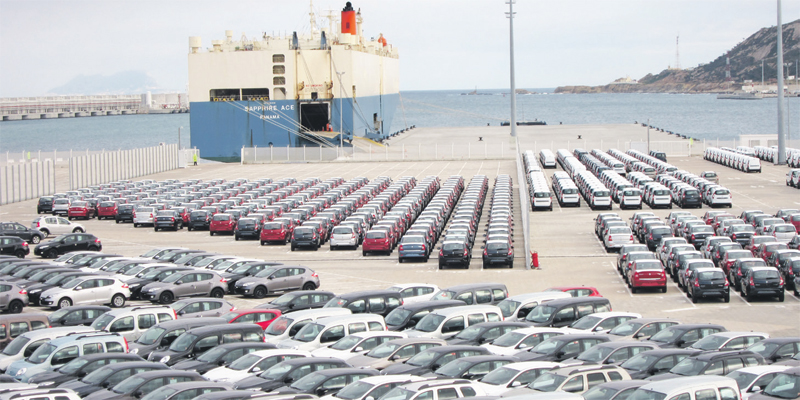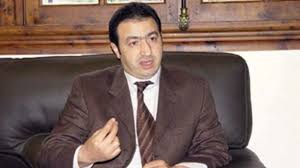Morocco’s automotive exports reached $8.8 billion between January and August this year, a jump of 35.6% year on year, says “FDI Intelligence” in its latest report on the investment opportunities offered in the North African Kingdom.
This impressive growth highlights the sector’s leading position in the country’s overall exportation, as it outperforms the sectors of agriculture and textiles, explains the report.
IMF’s mission chief for Morocco, Roberto Cardarelli, says Morocco’s automotive exports, which have been spurred on by the industrialisation of Tanger Med, have provided a “buffer” to external shocks to the economy, such as the Covid-19 pandemic.
“When I arrived in Morocco in 2009, there was only one [Renault] plant in Casablanca which made approximately 20,000 cars per year,” recalls Christophe Dridi, vice president of industry at Dacia, the Romanian car manufacturer Renault bought in 1999.
“Now, we produce more than 350,000 cars in Morocco across our Tanger Med and Casablanca plants,” he says, noting that Renault’s plant in Tanger Med now represents 17% of the group’s global production and more than 50% of its production of Dacia vehicles.
“In 30 years of my life, I don’t have any other experience of the automotive industry growing so fast. Imagine: in only 10 years, the Tanger [plant] is as big as any large-scale car plant in the world,” he adds.
The train line connecting Renault’s factory with the port is an illustration of the infrastructure attractiveness for big foreign players to relocate to Morocco. This is part of the government’s strategy of opening up to international trade and diversifying the structure of the economy by joining global value chains.
Behind the success story of the export of cars and automotive components, the industrialization of Tanger-Med spans textiles, aeronautics, electronics and agri-food processing, says FDI Intelligence.
Julianne Furman, general manager at Polydesign Systems, an automotive supplier, who has been in Morocco for nearly 30 years, points out that other sectors, ranging from aeronautics to textiles, have benefitted from the growth of the automotive sector.
After the pandemic sent customers looking for alternatives to Asia, Morocco’s position was reinforced as a “sourcing platform for Europe”, says the Moroccan Association of the Textiles and Clothing Industry.
Still, the automotive industry is the biggest of Tangier-Med’s success stories and, with its mature ecosystem, offers the most promise for the future, affirms the report of FDI Intelligence.
Overall, Morocco boasts a network of more than 230 tier 1 and 2 automotive suppliers with a local integration rate of 60%, according to a 2023 UNCTAD report on economic development in Africa.
Last year, carmaker Stellantis injected €300 Million in its Kenitra manufacturing plant, as it looks to double the site’s production capacity to 400,000 vehicles per year and 50,000 electric vehicles.
Kenitra is located outside the industrial zones of Tanger Med but relies on it as a “partner”, says Mounir Kharbouche, general manager of Stellantis’s Kenitra plant.
Stellantis uses Tanger Med to export cars but also to import parts from elsewhere. The plant sources 40% of its imports from TAC, 30% from nearby Kenitra and 30% from international imports which come through Tanger Med.
“Kenitra is now key to our strategy for the Middle East and Africa region (…) in addition to being a key hub for the production of micro vehicles, or the smallest size of car,” says Mr. Kharbouche.



